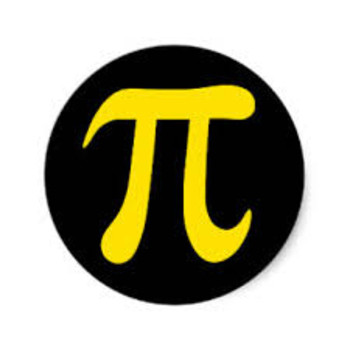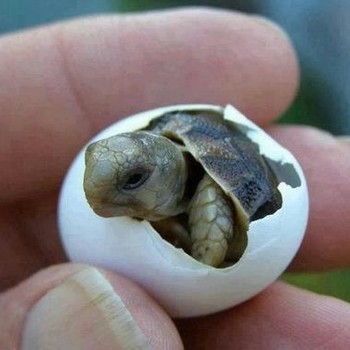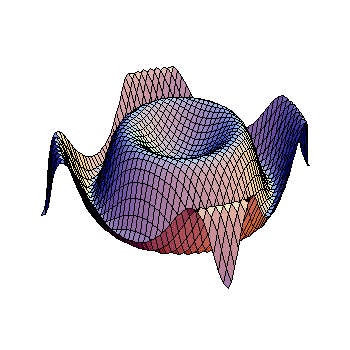Cups A and B are cone shaped and have heights of #32 cm# and #14 cm# and openings with radii of #15 cm# and #12 cm#, respectively. If cup B is full and its contents are poured into cup A, will cup A overflow? If not how high will cup A be filled?
3 Answers
height =
Explanation:
Volume cone =
We only need to know which one is bigger, not the actual volumes.
We can therefore ignore
By inspection we can see that :
So A will not overflow, but how high will the water reach?
The water in A and the whole cup A are similar figures.
Therefore we can compare the ratio of the cubes of the heights with the ratio of their volumes.
Cup A's height will be 7.68cm
Explanation:
Volume of cone
A
Vol. A
Vol.B
New vol cup A=
a. not overflow
b. height of cup A = 8.96cm
Explanation:
where r = radius and h = height
so, cup A wont overflow because it is bigger than cup B.
let say T is the height of cup A when content in cup B poured to cup A.
Va = Vb



